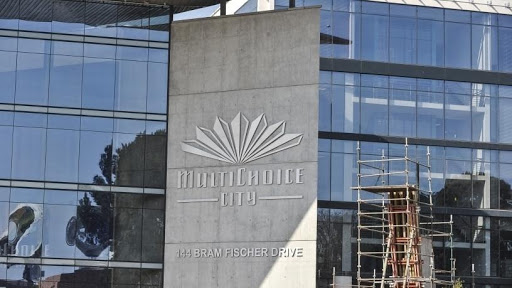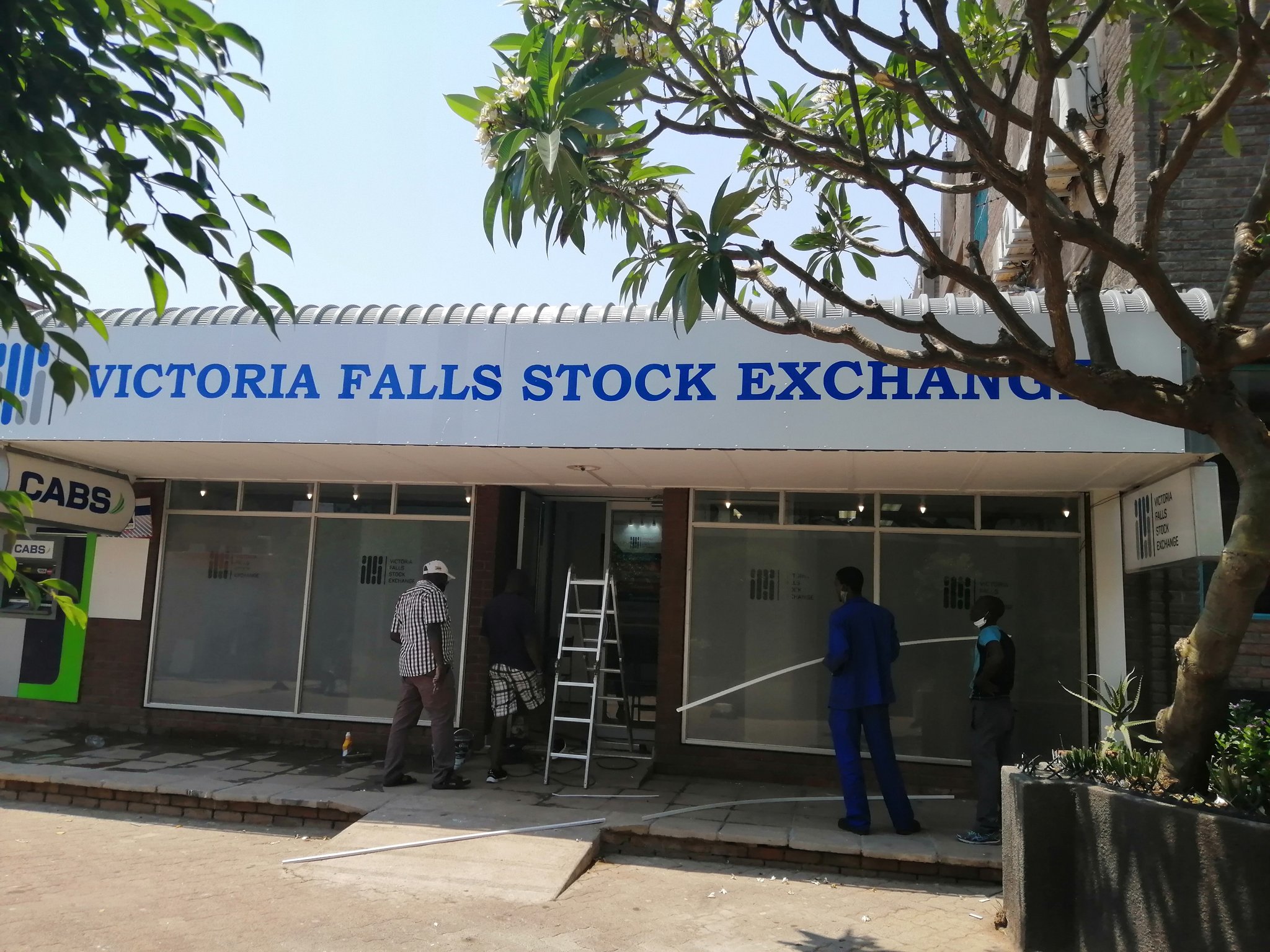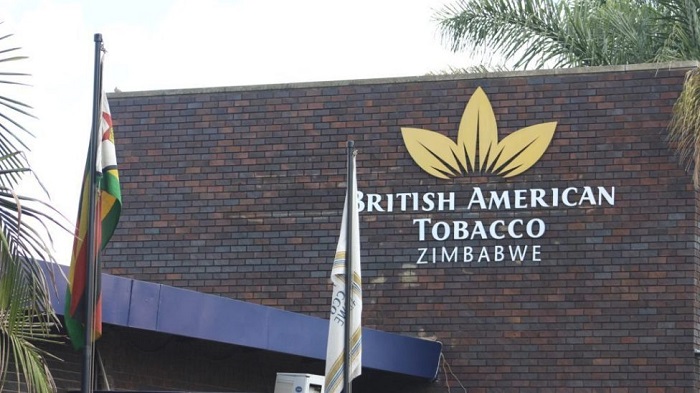Corporate rescue proceedings initiated by shareholders
Introduction
After my article of Thursday 19 May 2022 titled “Application for corporate rescue proceedings by employees” I got many inquiries.
I was requested to explain when shareholders can cause placement of a company under corporate rescue proceedings. I sensed that some could be disgruntled minority shareholders.
Corporate rescue proceedings caused by shareholders
My view is that shareholders may cause voluntary or involuntary corporate rescue proceedings under the Insolvency Act (Chapter 6:07) or “the Act”, as explained below.
Voluntary corporate rescue proceedings
According to section 122 of the Act the board (of directors) of a company may resolve that the company voluntarily begin corporate rescue proceedings and place the company under supervision, if the board has reasonable grounds to believe that:
The company is financially distressed, and There appears to be a reasonable prospect of rescuing the company.
It should be noted that section 122, as constructed, is available to directors not shareholders. However, in my view, shareholders can make use of it to the extent that:
They are also directors of the company. This is quite in common in small to medium enterprises where the shareholders are also the directors or even part of management.
So the shareholders in their role as directors can make use of section 122 and pass a resolution for voluntary corporate rescue proceedings.
Shareholders who are not directors can influence the directors to use section 122.
Reality is that directors are appointed by the shareholders and account to them as the appointing authorities.
Involuntary corporate rescue proceedings
According to section 124(1) of the Act, unless a company has adopted a resolution contemplated above (section 122), an affected person may apply to a Court at any time for an order placing the company under supervision and commencing corporate rescue proceedings.
In terms of section 124(4)(a) of the Act, after considering an application in terms of section 124(1), the Court may make an order placing the company under supervision and commencing corporate rescue proceedings, if the Court is satisfied that:
(i) The company is financially distressed, or
(ii) The company has failed to pay over any amount in terms of a public regulation, or
contract, with respect to employment- related matters, or
(iii) It is otherwise just and equitable to do so for financial reasons.
From the foregoing it is clear that the definition of “affected person” is key as it relates to
shareholders. This is explained below.
Affected persons and shareholders An affected person is defined in section 121(1)(a) as meaning:
A shareholder or creditor of the company, and
Any registered trade union representing employees of the company, and If any of the employee of the company are not represented by a registered trade union,
each of those employees or their respective representatives.
From the above definition shareholders of a company are therefore affected persons and can therefore institute legal proceedings to cause a company to be involuntarily placed under corporate rescue proceedings citing section 124(4)(a)(i) or (iii).
Use of Court remedies available under section 62 of the Companies and Other Entities Act (Chapter 24:31) or the COBE Act
In my article of 21 April 2022 titled “Legal remedies for aggrieved shareholders, piercing of corporate veil” I explained Court remedies available to aggrieved shareholders.
According to section 62(1) in a legal action by a member of a private business corporation (PBC) or a company the court may order one or more of remedies provided for in sections 62(2) if it is established that:
The managers or directors or members of the entity are deadlocked, whether because of even division in their number or another reason, and irreparable injury to the entity is likely to be caused to the entity’s business or the business can no longer be conducted to the member’s advantage, or
The managers, directors or any other person in control of the entity have acted illegally, fraudulently or oppressively towards the petitioning (aggrieved) member.
Court remedies available in terms of section 62(2) of the COBE Act which are relevant here include the following:
Section 62(2)(a) which provides for dissolution or liquidation of the entity though the Court may order that the grounds be cured within a reasonable period of time.
Section 62(2)(d) which provides for the removal of any manager, director or officer, or the appointment of any person as a manager or officer.
My view is that if a shareholder, as an affected person, can demonstrate that a company is financially distressed or it is just and equitable to do so for financial reasons the Court may grant order for the appointment of a corporate rescue practitioner, as a neutral person, while a lasting solution is being sought.
Conclusion
In my view shareholders who are also directors, quite common in small to middle
enterprises, may cause placement of a company under voluntary corporate rescue
proceedings in terms of section 122 of the Insolvency Act. Shareholders as affected persons
may also cause involuntary corporate rescue proceedings under section 124.
Disclaimer
This simplified article is for general information purposes only and does not constitute the writer’s professional advice.
Godknows (GK) Hofisi, LLB(UNISA), B.Acc(UZ), CA(Z), MBA(EBS,UK) is a legal practitioner / conveyancer, chartered accountant, corporate rescue practitioner, registered tax accountant, consultant in deal structuring and business valuer. He is a director with Investacare International (Private) Limited. He writes in his personal capacity. He can be contacted on +263 772 246 900 or gohofisi@gmail.com-The Herald








